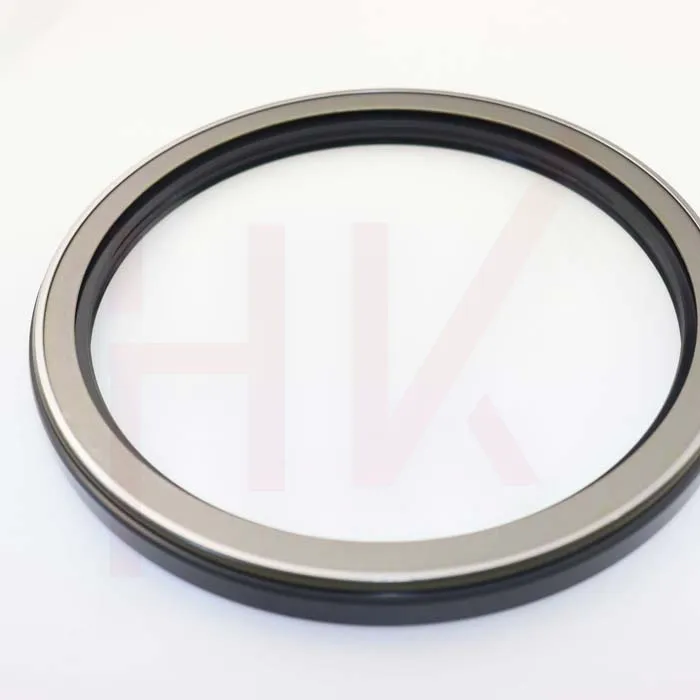Novemba . 13, 2024 18:07 Back to list
shaft dust seal
Understanding Shaft Dust Seals Importance, Types, and Applications
Shaft dust seals are critical components in various machinery and equipment, playing a vital role in ensuring the longevity and efficiency of moving parts. These seals are designed to prevent the ingress of dust, dirt, moisture, and other contaminants into the internal components of machines, where they could cause damage or reduce performance. In this article, we will explore the importance of shaft dust seals, the types available, and their applications across different industries.
Importance of Shaft Dust Seals
The primary purpose of a shaft dust seal is to maintain the cleanliness of the mechanical assembly. Contaminants such as dust and dirt can lead to wear and tear of bearings, shafts, and other moving parts. This can ultimately result in machinery failure, increased maintenance costs, and unplanned downtimes. By effectively sealing the shaft, these seals minimize the risk of contamination and the associated problems.
Moreover, dust seals contribute to the overall efficiency of machines. In many applications, the lubrication of moving parts is critical for optimal performance. Dust and contaminants can degrade lubricants, leading to increased friction and heat, which may diminish productivity and lead to premature failure. Thus, maintaining a clean environment through the use of dust seals helps ensure that machinery operates smoothly and efficiently.
Types of Shaft Dust Seals
There are several types of shaft dust seals, each designed for specific applications and operating conditions
1. Lip Seals These seals feature a flexible lip that makes contact with the shaft surface, providing a barrier against dust and moisture. Lip seals are commonly used in automotive and industrial applications due to their effectiveness and simplicity.
2. Radial Shaft Seals Similar to lip seals, radial shaft seals consist of a rubber or elastomeric outer layer that fits tightly against the housing, preventing contaminants from entering the assembly. They are often utilized in rotary applications where the shaft rotates within the seal.
3. V-Seals V-seals are a type of dust seal that utilize a V-shaped lip to provide protection against airborne contaminants. They are particularly effective for applications with oscillating or limited rotary motion.
shaft dust seal

4. Mechanical Seals While primarily used to prevent fluid leaks, mechanical seals can also serve as dust seals in certain applications. They consist of two faces—one stationary and one rotating—that create a seal, providing a robust barrier against contaminants.
5. Felt Seals Made from felt material, these seals absorb lubricant and prevent dust from entering the assembly. Felt seals are commonly found in applications where low-speed rotation occurs, such as in electric motors.
Applications Across Different Industries
Shaft dust seals find applications in a wide range of industries, including
- Automotive In vehicles, dust seals protect crucial components such as wheel bearings, transmissions, and differentials from dust and debris, enhancing performance and longevity.
- Manufacturing In industrial machinery, these seals help protect motors, pumps, and conveyors from dirt and dust, ensuring that operations run smoothly without unexpected breakdowns.
- Aerospace In aviation, where the conditions can be harsh, shaft dust seals are essential for protecting sensitive components from environmental contaminants.
- Agriculture Machinery used in farming and agricultural applications also relies on shaft dust seals to keep operational parts free from dirt and debris, promoting better efficiency and reducing maintenance needs.
Conclusion
In summary, shaft dust seals are indispensable components that protect critical machinery from contamination, contribute to operational efficiency, and enhance the life of equipment. With various types suited for different applications, these seals are widely used across industries such as automotive, manufacturing, aerospace, and agriculture. Understanding their importance and functionality is crucial for anyone involved in machinery design, maintenance, or operation, as proper sealing can significantly impact performance and reliability.
-
The Trans-formative Journey of Wheel Hub Oil Seals
NewsJun.06,2025
-
Graphene-Enhanced Oil Seals: Revolutionizing High-Pressure Oil Sealing
NewsJun.06,2025
-
Future of Hydraulic Sealing: Advanced Intelligent TCN Oil Seals
NewsJun.06,2025
-
Don’t Let a Broken TCV Oil Seal Ruin Your Day
NewsJun.06,2025
-
Bio-Inspired Dust Seals for Better Sealing Performance
NewsJun.06,2025
-
Biodegradable and Sustainable Hydraulic Seal Materials
NewsJun.06,2025
-
Top Oil Seal Solutions for Your Industrial Needs
NewsMay.22,2025
Products categories
















